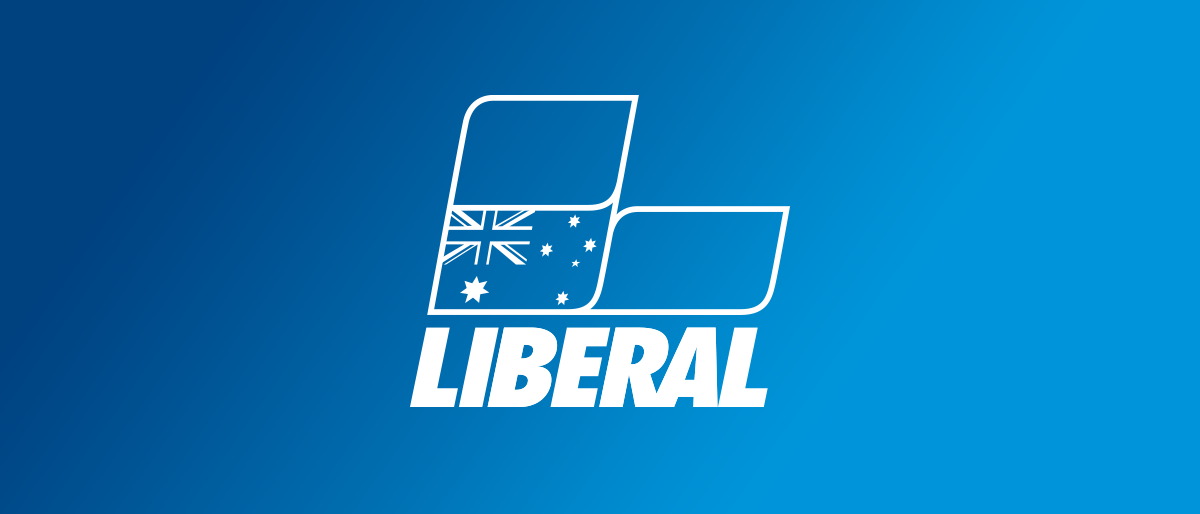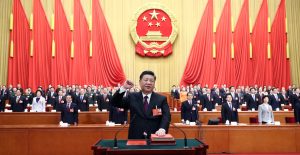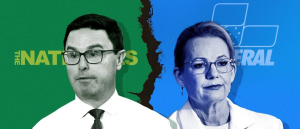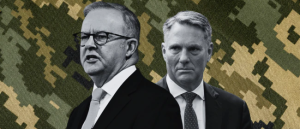Every three years, the election cycle comes into full swing and we are once again told that it will be the ‘most important election of our lifetime’. But for the federal election earlier this month, maybe it was actually true. With two major conflicts, a U.S. President who has upended the global economy and a cost of living crisis plaguing our country, 2025 was potentially shaping up to be the most important election of our lifetime. In a time of unprecedented tension and uncertainty, Australians had to make the choice between two starkly different visions for the future of this country. Labor’s ensuing landslide victory and the worst loss for the Liberal Party in 80 years has forced us to reflect on our core values and reconsider the policy platform that conclusively failed to convince voters across the country.
As a volunteer for Katie Allen’s campaign in the division of Chisholm, I would like to take this opportunity to reflect on my thoughts and experiences during the federal election.
I joined the campaign at the start of this year, and I was assigned the task of cold calling constituents within the electorate to get a general sense of what they wanted to see from the federal government. Although the vast majority of people were either unwilling to have a chat or didn’t pick up the phone in the first place, I was able to have a number of productive and insightful conversations with the minority who were happy to continue. After introducing myself as a volunteer for the Liberal Party, the conversation began with a question – “What would you like to see the federal government focus more on?”

Of course, everyone had their own issues, ranging from nuclear energy to the housing crisis, but one answer kept coming up over and over again: the cost of living. Every single day, people were struggling to pay their bills, afford their mortgages and put food on the table for their families – it was a matter of life and death. These were conversations with strangers whom I had never spoken to before and would probably never speak to again, yet I couldn’t help but empathise when I heard the anger and desperation in their voices. Cost of living was undoubtedly shaping up to be the single most important issue of the election.
Through these conversations over the phone, it also became evident that a crucial subset of the population was feeling increasingly alienated by and skeptical of the policies proposed by the Liberal Party – young people. More than ever, the success of the campaign depended on its ability to address the issues that were important to young voters, as this was the first election in which Gen Z and millennials comprised the largest voting bloc (47%).

Young Australians increasingly favour a federal government that is open to progressive reform and places the future of the country at the forefront of their policy considerations. Cost of living (28.4%), housing (10.2%) and climate change (7.0%) were some of the leading issues for 18-29 year olds during the 2025 election, concerns which were reflected in our topics of discussion over the phone. While many of our Party’s policies designed to alleviate these issues were fundamentally logical, we failed to effectively communicate their benefits and clear up the misinformation surrounding them.
For example, the policy to halve the fuel excise tax was unknown to many young people that I spoke to and was generally viewed as less favourable than the traditional tax cut proposed by the Labor Party, even though it would have saved the average Australian more money at a lower cost to the federal government. Meanwhile, many young voters were concerned about the Liberal Party’s lack of a comprehensive plan to reach net zero emissions by 2050 compared to the Labor Party’s ‘Future Made in Australia’, and were largely unconvinced by our nuclear energy plan. One young voter refused to vote for the Liberal Party solely because of the projected costs of setting up nuclear reactors and was adamant that it would cost over $600 billion, a disingenuous estimate based on cost overruns that was perpetuated by the Labor Party.
Although our Party’s failure to announce many of its policies until just weeks before the election certainly played a part in the confusion, it must also be noted that the Labor Party ran a significantly more effective social media campaign that successfully targeted this key demographic, outspending our Party in advertising by $4.3 million. This discrepancy was clearly reflected in my personal experiences, with the Labor Party’s advertisements appearing far more frequently before YouTube videos and their Instagram posts gaining significantly more engagements and shares within my social groups.
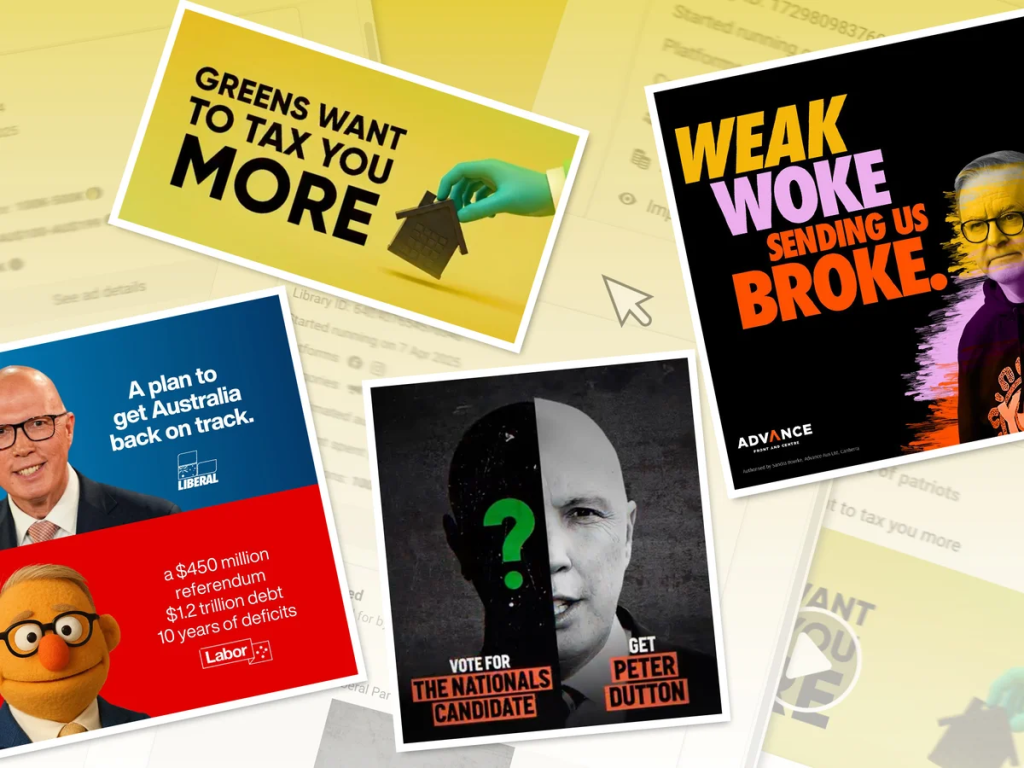
From my experiences volunteering at Ashburton Scout Hall for pre-polling and Glendal Primary School on election day, it certainly seemed that our Party had far more young people involved in the campaign through the Young Liberals, underscoring higher levels of political engagement among the conservative youth. Evidently, this was not representative of the entire demographic and could simply be attributed to the fact that young voters on the Left are less inclined to be involved in political campaigns, at least in Chisholm.
Although we fundamentally failed to connect with voters during the 2025 election, our core values remain the same, and I am confident that the Liberal Party will always be the party of the ambitious and the aspirational. The range of diverse, inspiring and politically engaged young Liberals that I met throughout the Chisholm campaign has made me feel optimistic about the growing conservative movement in Australia and the future of our Party.
Read more: The Insight Corner
